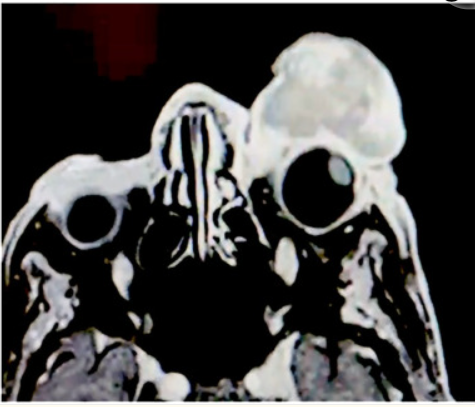
Further exploring the effect of concurrent glaucoma surgery and cataract surgery in patients with glaucoma, Magda A. Torky, MD, and colleagues led a clinical trial to examine the safety and efficacy of ultrasound ciliary plasty (UCP) combined with phacoemulsification for managing coexisting cataract and open-angle glaucoma (OAG). Published in BMC Ophthalmology, the study found that, compared to phacoemulsification alone (Phaco-alone), combined phacoemulsification and UCP (Phaco-UCP) appears safe and more successful in reducing intraocular pressure (IOP) and glaucoma medication use.
According to the authors, the results suggest that the combination of phacoemulsification and UCP surgeries is an effective primary surgical treatment option for treating primary and refractory glaucoma patients.
The study was conducted on 61 eyes of 61 patients with visually significant cataract and OAG. Subjects were randomized to either the Phaco-UCP study group (n = 31) or the Phaco-alone control group (n = 30). Primary endpoints assessed were IOP reduction and/or reduction in the number of glaucoma medications needed. Secondary endpoints included vision improvement and post-surgery complications.
Treatment outcomes were analyzed up to 18 months postoperatively, with success defined as an IOP reduction of ≥ 20% from the baseline to a range of 6 to 21 mmHg with no additional glaucoma medication or surgery. Serious complications, the need for more surgical treatments, or an IOP reduction of < 20%, despite medication use, all constituted a treatment failure.
The Phaco-UCP group had a significantly higher success rate at all follow-up points, reaching 67.7% at final visit, versus just 16.7% in the Phaco-alone group (p < 0.001). At 18 months, the Phaco-UCP group recorded a median IOP reduction of 7 mmHg, compared to 2 mmHg in the Phaco-alone group (p < 0.001).
The median number of glaucoma medications used also significantly decreased from preoperative baselines of three in each group, to one and two at 18 months (p = 0.3 and p < 0.001, respectively). No serious complications were encountered in either group during the study.
This first report on combined Phaco-UCP finds the technique to be “simple, safe, and effective” for treating patients with coexisting cataract and OAG, introducing greater IOP and medication usage reduction over stand-alone phacoemulsification, without sacrificing favorable outcomes from phacoemulsification alone, the authors concluded.







 © 2025 Mashup Media, LLC, a Formedics Property. All Rights Reserved.
© 2025 Mashup Media, LLC, a Formedics Property. All Rights Reserved.